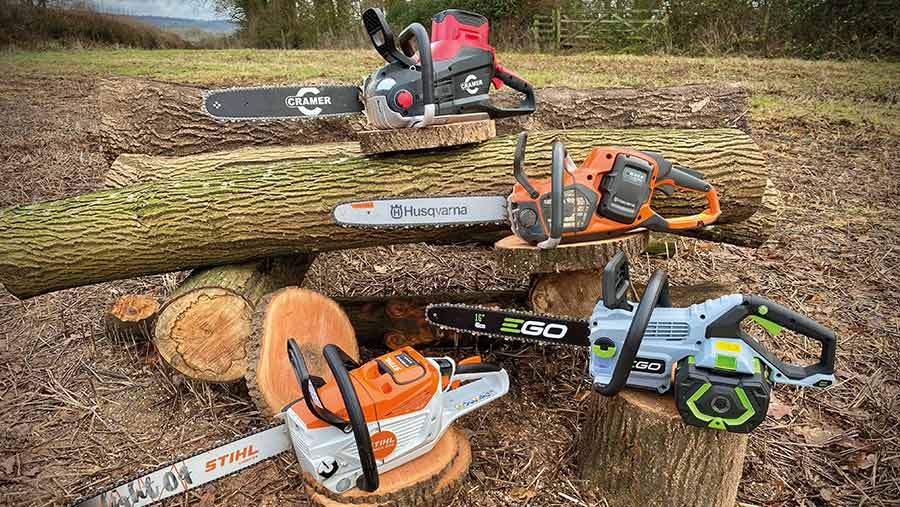The Lifespan of Chainsaw Chains: How Long Does a Chain Last?
Chainsaws are powerful tools commonly used in various industries, including forestry, construction, and landscaping. One crucial component of a chainsaw is the chain, which plays a vital role in cutting efficiency and performance. In this blog post, we will delve into the lifespan of chainsaw chains and explore factors that affect their durability. By understanding how long a chain typically lasts and how to extend its lifespan, you can optimize your chainsaw's performance and ensure safe and efficient cutting operations.
- Understanding Chain Wear:
Chainsaw chains undergo wear and tear over time due to the demanding nature of their usage. The primary factor that affects chain lifespan is chain wear, which occurs as a result of friction between the chain and the cutting material. As the chain repeatedly comes into contact with wood or other materials, it gradually loses its sharpness and effectiveness. - Factors Affecting Chain Lifespan:
Several factors influence how long a chainsaw chain lasts. These include:
a. Chain Quality: The quality of the chain itself plays a significant role in determining its lifespan. High-quality chains made from durable materials tend to last longer than cheaper, lower-quality alternatives.
b. Maintenance: Proper maintenance practices, such as regular cleaning, lubrication, and tension adjustment, can significantly extend the lifespan of a chainsaw chain. Neglecting maintenance can lead to premature wear and reduced cutting performance.
c. Cutting Conditions: The type of material being cut, such as hardwood or softwood, and the presence of contaminants like dirt or rocks, can impact chain wear. Cutting through abrasive materials or encountering foreign objects can accelerate chain deterioration.
d. Operator Technique: The skill and technique of the chainsaw operator also play a role in chain lifespan. Proper cutting techniques, such as avoiding excessive pressure and maintaining the correct chain speed, can minimize wear and prolong chain life. - Average Lifespan of Chainsaw Chains:
While the lifespan of a chainsaw chain can vary depending on the factors mentioned above, a general estimate is that a well-maintained chain can last anywhere from 5 to 20 hours of cutting time. However, it's essential to monitor the chain's condition regularly and replace it when signs of excessive wear, such as dull teeth or stretched links, become apparent. - Extending Chain Lifespan:
To maximize the lifespan of your chainsaw chain, consider implementing the following practices:
a. Regular Maintenance: Clean the chain after each use, lubricate it properly, and ensure the correct tension to minimize wear.
b. Proper Chain Sharpening: Sharpen the chain regularly using appropriate tools and techniques to maintain optimal cutting performance.
c. Avoiding Contaminants: Be mindful of cutting conditions and try to avoid materials that can accelerate chain wear, such as dirty or rocky surfaces.
d. Operator Training: Ensure that chainsaw operators receive proper training on cutting techniques and safety measures to minimize unnecessary strain on the chain.
Conclusion:
The lifespan of a chainsaw chain depends on various factors, including chain quality, maintenance practices, cutting conditions, and operator technique. By understanding these factors and implementing proper maintenance and cutting techniques, you can extend the lifespan of your chainsaw chain, optimize cutting performance, and ensure safe and efficient operations. Remember to monitor the chain's condition regularly and replace it when necessary to maintain optimal cutting results.

Post Comment